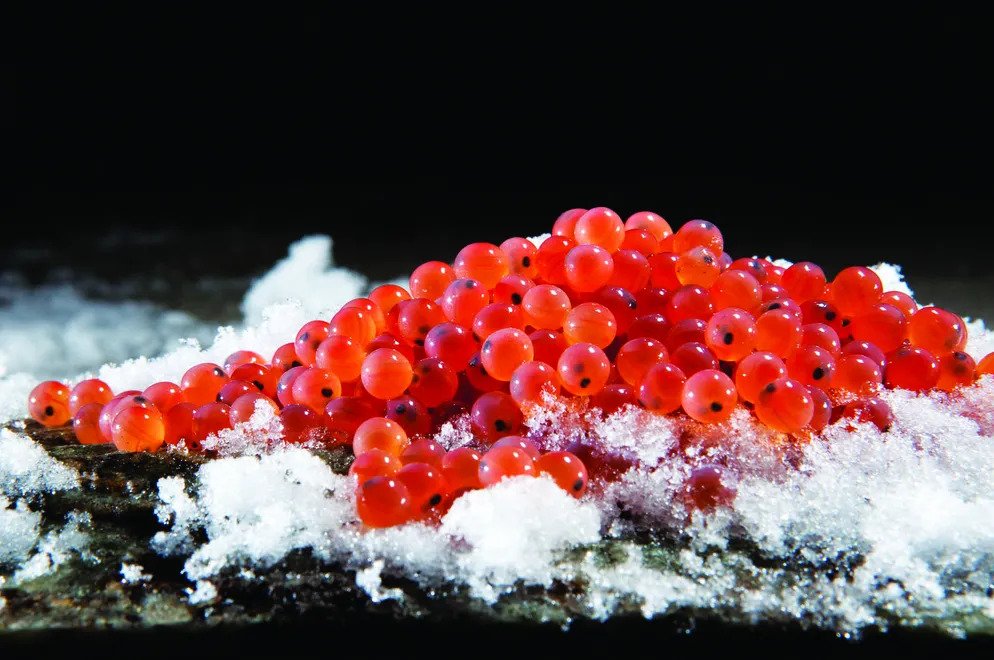Do salmonid eggs come with a carbon footprint?
Source: https://thefishsite.com/articles/do-salmonid-eggs-come-with-a-carbon-footprint
Author: The Fish Site
The carbon footprint, or climate footprint, of a fertilised egg has been calculated to 0.028 kg CO₂ equivalents, which is less than 0.1 percent of the carbon footprint of a Norwegian farmed salmon at harvest. This is a very good result. The genetic properties of the egg itself also contribute to reducing the carbon footprint of the fish farmers. According to Poore and Nemecek (2018), the greenhouse gas emission per produced kilogram of edible protein from farmed fish is similar to that of poultry, but lower than for other protein sources; approximately 80 percent of the emissions for pigs, approximately 35 percent of the emissions for cattle from dairy herds and approximately 10 percent of the emissions for cattle from beef herds. The LCA analysis pointed to feed and energy use as the most important greenhouse gas sources, see figure 2. The contribution from the feed is a combination of the feed's carbon footprint, feed utilisation and fish mortality. AquaGen is continuously working to reduce their carbon footprint. In recent years, the company has electrified all of their marine facilities, improved the energy efficiency of their land facilities and opted to buy electricity solely from renewable sources. The company also claims to work steadily to improve biological factors that affect greenhouse gas emissions in our production.

